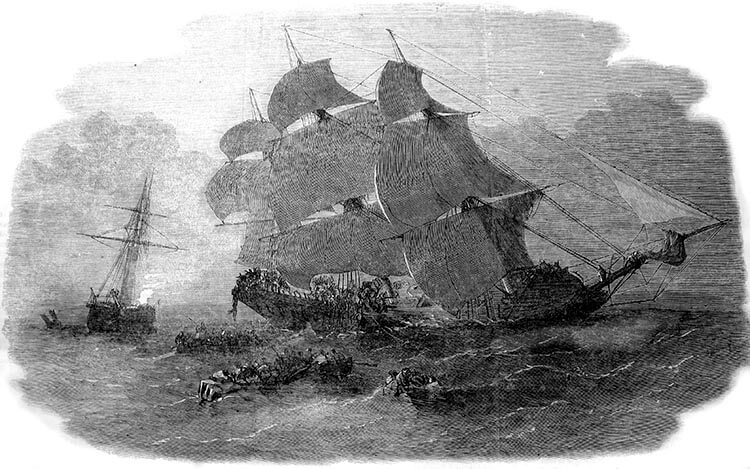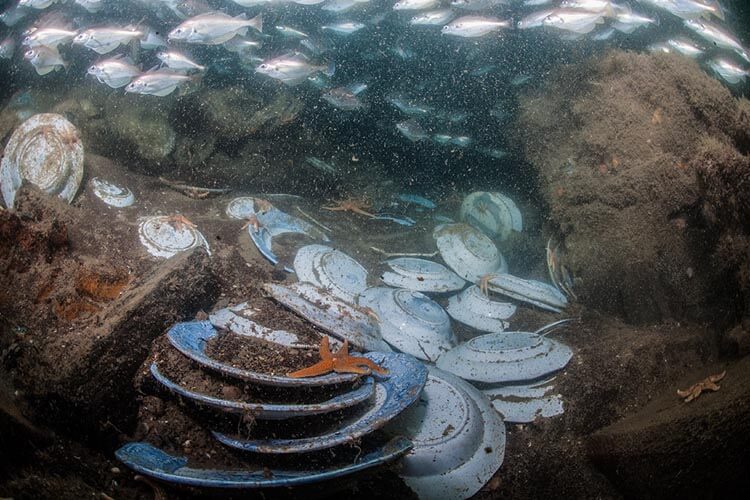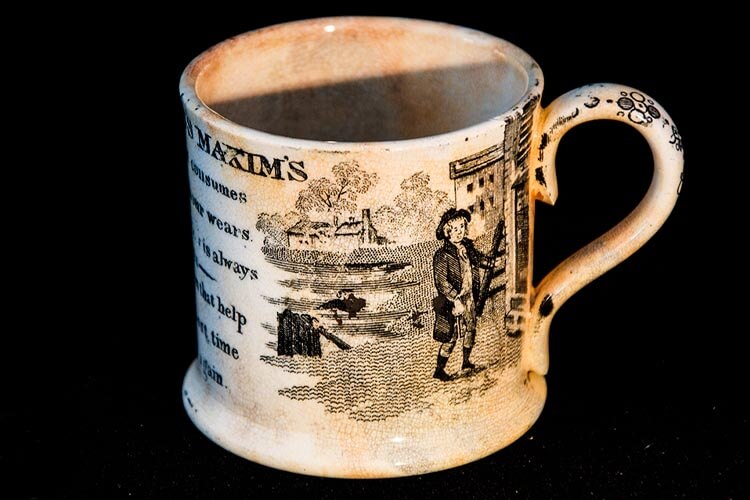
The wreck of a British emigrant ship Josephine Willis, which sank 167 years ago off the Kent coast with the loss of 70 lives, has been granted protection by the British Department for Digital, Culture, Media and Sport, on the advice of Historic England.
Built in 1840 at Limehouse docks in London’s East End and launched in 1854, Josephine Willis was a wooden sailing ‘packet’ – a medium-sized transport ship – constructed for use as a regular service to New Zealand.
She had previously undertaken one round-trip to the islands under the command of Captain Edward Canney, a voyage during which there was an attempted mutiny, resulting in 12 members of the crew deserting in Auckland before the rest were dismissed at Kolcata (then Calcutta) during the return voyage.
Josephine Willis set sail for her second voyage on 1 February 1856 with a crew of 44, carrying 66 passengers and a cargo of ceramics for sale in the recently established British colony. At approximately 8.20 pm on 3 February, as they sailed into the English Channel, the crew mistakenly identified a distant light as that of Dungeness Lighthouse, but it belonged to an approaching vessel, the iron-hulled steamer SS Mangerton en route from Limerick, Ireland, to London.
More great wreck-diving reads



As the Josephine Willis turned to starboard, she was struck amidships by the Mangerton, and reportedly split ‘more than halfway in two’. Some passengers and crew were rescued by the Mangerton, but 70 souls – including Captain Canney – were lost as the Josephine Willis sank to her final resting place, where she now lies in two parts at a depth of 23m.
Salvage operations took place for five years after the sinking, but when the ship was identified in 2018 by divers from the Folkestone 501 Diving Club, who reported to Historic England via Wessex Archaeology, it became apparent that much of its cargo remained on board.
The ceramics in particular, were found to be of great historical significance, some still packed in cases comprising cups, plates and bowls traced to three Staffordshire-based potteries – Mexborough, Charles Meigh, and Davenport – with patterns that are unknown within current museum collections. Other items were found to have patterns that had previously only been seen on ‘wasters’ – defective products that were discarded after becoming damaged or deformed during the firing process.



‘Most of the ceramics being carried by ship were ordinary, affordable, mass-produced goods,’ said Graham Scott, Marine Archaeologist from Wessex Archaeology. ‘ However, being relatively plain, they tended to be of little interest to collectors and are often absent from museum collections. So, these ceramics are both ordinary and special. Not only do they help shine a light on Victorian industry and trade and the lives of emigrants, but they also help fill important gaps in the collections that those museums preserve and display for us.’
James Canney, the great, great, great-grandson of Captain Edward Canney, said: ‘I’m pleased the story of the loss of the Josephine Willis is being told and that the shipwreck is being protected. I am continuing my research into the construction of the ship and the people who chartered it. I am also learning more about the lives of the crew and passengers; both those lost at sea in the tragedy and those who survived and later made it to their new lives on the other side of the world’
Only one other record for a ship of this type is held on the UK’s National Record of the Historic Environment – the 1877 wreck of the iron-hulled sailing vessel Avalanche, which is located outside off the coast of Dorset.



No plans of the Josephine Willis have been found to date. However, documentation relating to the role of the vessel are known to survive within the National Library of New Zealand. It is believed that this ship, together with the scheduled wreck of the clipper ship South Australian, located in the Bristol Channel off Lundy, hold the potential to add to the historical knowledge of emigration from Britain to Australia and New Zealand during the second half of the 19th century.
‘The sinking of this passenger ship is a sad story of ordinary people being lost to the sea while taking the risk of a long journey to New Zealand in the search for a better life,’ said Duncan Wilson, Chief Executive of Historic England. ‘The other side to this story is of the rare cargo on board, which gives us clues to help improve our knowledge of the Victorian export ceramics industry in the mid-19th century. The Josephine Willis fully deserves protection by scheduling.’
‘Scheduled’ protection for a wreck means that it is available for recreational scuba divers to visit, but its contents are protected in situ.
- Mantas and devil rays receive maximum CITES protection - 28 November 2025
- Oceanic whitetips uplisted to CITES Appendix I - 27 November 2025
- Florida diver dies on Key West’s Vandenberg wreck - 24 November 2025


